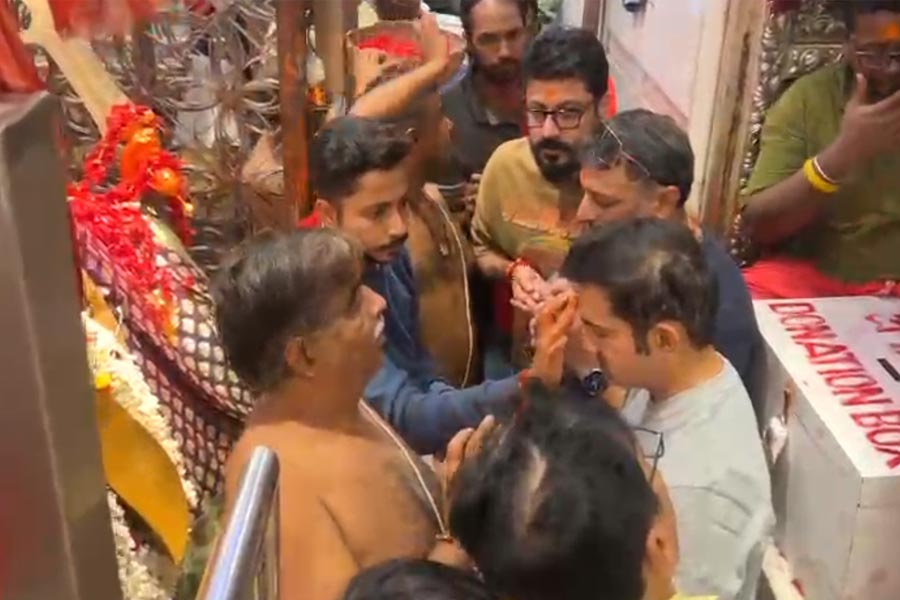Defence minister Rajnath Singh on Wednesday met his Chinese counterpart Admiral Dong Jun in Vientiane, Laos, days after the Indian and Chinese armies completed the disengagement process from the Depsang Plains and Demchok along the Line of Actual Control in eastern Ladakh.
The meeting took place on the sidelines of the ASEAN Defence Ministers’ Meeting-Plus.
Sources said the two leaders reviewed the situation along the LAC and also the ongoing efforts to ease military tensions following the recent disengagement.
Earlier this month, the armies completed disengagement following the signing of a patrolling agreement between the two countries.
On October 21, New Delhi announced that India and China had reached a patrolling arrangement along the LAC, “leading to the disengagement” at the two points. Two days after that, Prime Minister Narendra Modi met Chinese President Xi Jinping on the sidelines of the Brics summit in Kazan, Russia.
A defence ministry readout on Wednesday said Singh highlighted the fact that amicable relations between India and China would have positive implications for global peace and prosperity.
“Considering that both countries are and will continue to remain neighbours, he mentioned that we need to focus on cooperation rather than conflict,” the statement said.
Singh also called for reflecting on the lessons learnt from the border clashes of 2020, taking measures to prevent the recurrence of such events and safeguarding peace and tranquillity along the India-China border.
“He emphasised and looked forward to greater trust and confidence building between the two sides through de-escalation. Both sides agreed to work together towards a road map for rebuilding mutual trust and understanding,” the statement added.
The two countries had already completed “partial” disengagement in four other transgression points — the Galwan Valley, Hot Springs, Pangong Lake and Gogra — by creating a demilitarised “buffer zone”, with the Chinese stepping back a few kilometres while remaining within India-claimed lines. The Indian Army’s patrol has continued to remain temporarily suspended at those buffer zones located within the Indian perception of its LAC.
Sources said despite the latest disengagement process, the two armies continue to forward deploy around 60,000 troops equipped with tanks, surface-to-air missiles and other weaponry along the frontier.











